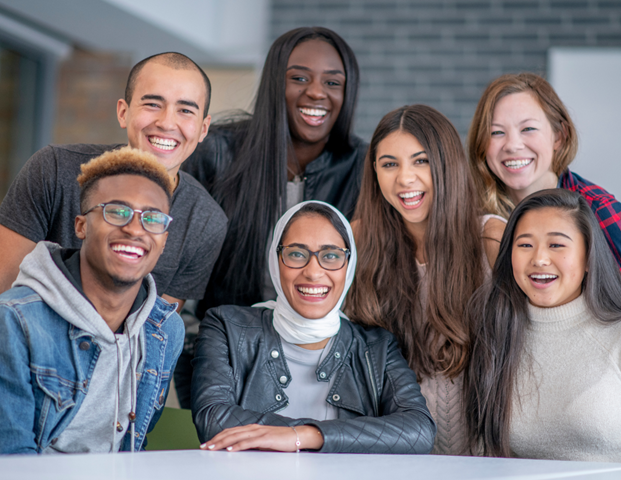Better Impact's best list of networking communities for volunteer engagement professionals around the world
Introduction In the world of volunteer engagement, dedicated individuals work tirelessly to develop impactful volunteer programs in support of their...

 Michael Nguyen, Minnesota Alliance for Volunteer Advancement (MAVA)
Michael Nguyen, Minnesota Alliance for Volunteer Advancement (MAVA)




